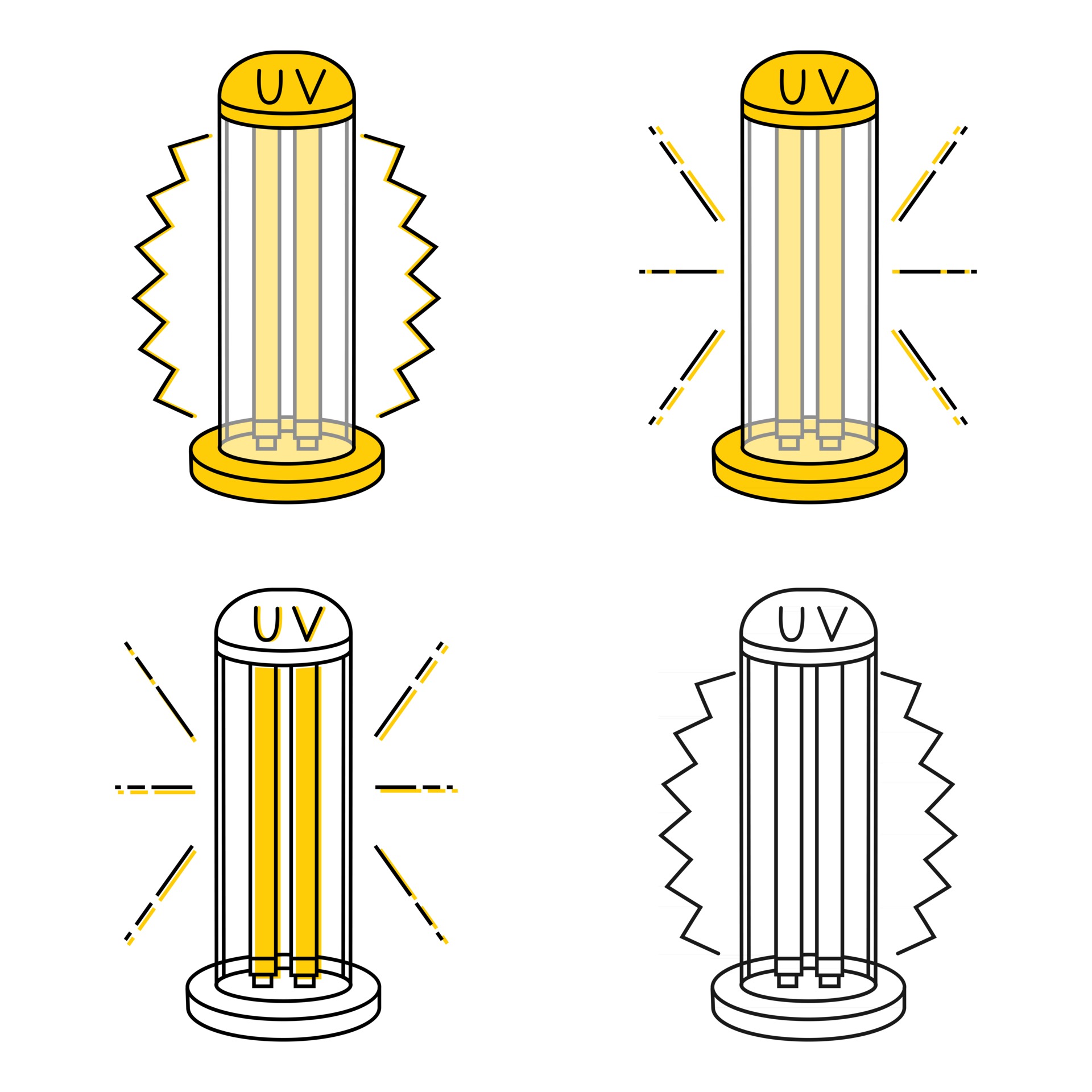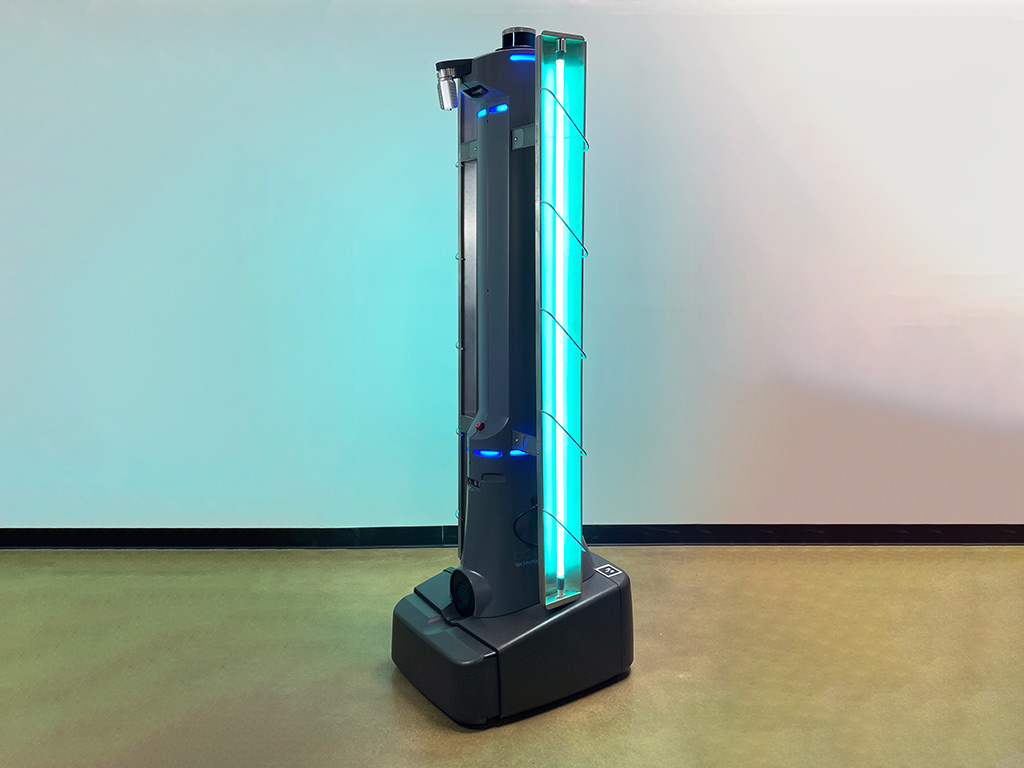Discover the Conveniences of UV Surface Disinfection: Reliable and Eco-Friendly Hygiene
UV Sanitation: The Cutting-Edge Innovation Transforming Hygiene Practices
In the world of cleanliness techniques, one innovation has actually arised as a game-changer: UV disinfection. From healthcare setups to food handling, UV sanitation is making its mark in various markets.
How UV Sanitation Functions
UV sanitation functions by making use of ultraviolet light to damage or inactivate microbes, providing a highly reliable and chemical-free approach of cleanliness. This innovation takes advantage of the power of short-wavelength UV-C light, which can harming the DNA and RNA of microbes, thus making them unable to create and reproduce injury.
The process begins with the installation of UV disinfection systems, which include UV lights that emit UV-C light. These lights are tactically put in areas where microbial contamination is a worry, such as water treatment plants, medical facilities, research laboratories, and food processing centers.
When microorganisms are exposed to UV-C light, the photons penetrate their cell wall surfaces and reach the DNA and RNA within. The high-energy UV-C photons interfere with the genetic product by creating bonds between surrounding nucleotides, resulting in the formation of thymine dimers. These dimers avoid the bacteria from duplicating, providing them harmless.
UV disinfection is highly efficient versus a large variety of microbes, consisting of parasites, viruses, and germs. It is especially efficient against waterborne microorganisms like E. coli, Giardia, and Cryptosporidium. Furthermore, UV disinfection is a chemical-free method, getting rid of the need for potentially hazardous anti-bacterials and reducing the danger of harmful disinfection by-products.
Benefits of UV Disinfection
UV disinfection provides countless benefits in the area of cleanliness, making it a very preferred approach for effectively removing damaging microbes. One of the vital advantages of UV disinfection is its capability to offer a chemical-free option. Unlike traditional disinfection approaches that rely upon chemicals, UV sanitation uses ultraviolet light to destroy the DNA of microorganisms, rendering them not able to recreate and create infections. This not just eliminates the need for potentially hazardous chemicals yet additionally decreases the danger of chemical residue on surface areas.

UV sanitation is likewise extremely flexible in its applications. It can be utilized in numerous settings, consisting of healthcare facilities, schools, food processing facilities, and water treatment plants. UV sanitation systems can be quickly incorporated into existing sanitation practices, offering an added layer of protection versus transmittable conditions.
Along with its performance and convenience, UV disinfection is also environmentally pleasant. It does not generate any type of hazardous by-products or residues, making it a lasting and secure method for hygiene - uv surface disinfection. Moreover, UV sanitation needs very little maintenance and has a long life expectancy, resulting in cost financial savings over time.
UV Sanitation in Healthcare Setups
In medical care settings, UV sanitation has actually arised as an innovative method for efficiently removing dangerous microbes. Using UV light to decontaminate surfaces and equipment has actually gotten popularity because of its ability to provide an added layer of protection against virus. UV sanitation works by discharging ultraviolet light at a certain wavelength that is lethal to microorganisms, infections, and various other bacteria. This technology uses a number of benefits in health care setups.
Firstly, UV disinfection is a non-chemical method, making it an eco-friendly choice contrasted to standard disinfection methods that often entail the use of extreme chemicals. Making use of UV light gets rid of the demand for chemical anti-bacterials, decreasing the risk of hazardous deposit or chemical direct exposure to both clients and health care workers.
In addition, UV disinfection is highly reliable in killing a wide variety of microbes, including drug-resistant germs such as MRSA and C. difficile. It gives a reputable and regular sanitation process, making certain that all surfaces and equipment are extensively decontaminated, even in hard-to-reach areas.

UV Disinfection in Food Handling
The application of UV sanitation expands past healthcare setups and locates substantial value in the world of food processing. uv surface disinfection. UV disinfection technology is coming to be significantly popular in the food sector due to its capability to properly remove dangerous virus and improve food safety
One of the major advantages of UV sanitation in food processing is its capacity to target a vast array of bacteria, consisting of microorganisms, infections, and mold and mildews. By utilizing UV light at particular wavelengths, it is feasible to disrupt the DNA and RNA of these virus, rendering them unable to trigger or recreate injury. This technology can be put on various stages of the food handling chain, consisting of surface area disinfection, equipment sterilization, and water therapy.
UV sanitation provides a non-thermal and chemical-free method of disinfecting food items. Unlike typical sanitation approaches that depend on chemicals or warm, UV technology why not try here does not leave any type of residue or modify the taste, appearance, or nutritional worth of the food. This makes it an optimal service for industries that need strict adherence to top quality requirements.
Furthermore, UV disinfection systems are very easy to run and set up, needing minimal upkeep. They can be integrated into existing handling lines without causing significant disturbances to the manufacturing procedure. Additionally, UV systems have a fast treatment time, enabling for continual handling and reducing downtime.
The Future of UV Disinfection

One location where UV disinfection is anticipated to make substantial improvements remains in the area of medical care. With the surge of antibiotic-resistant germs and the requirement for a lot more effective sanitation techniques, UV light has the possible to play an essential function in reducing healthcare-associated infections. UV disinfection systems can be used to decontaminate surfaces, devices, and even the air in health care facilities, assisting to stop the spread of damaging virus and boost patient security.
One more sector that could gain from innovations in UV sanitation technology is the food sector. UV light has actually currently confirmed to be a reliable approach for sanitizing foodstuff and lowering the threat of foodborne health problems. As innovation enhances, we can anticipate to see extra affordable and reliable UV sanitation systems being carried out in food processing plants, guaranteeing that the food we consume is secure and devoid of damaging bacteria.
Verdict
To conclude, UV sanitation visit this site is a sophisticated modern technology that is changing hygiene methods in healthcare setups and food processing. By utilizing UV light to kill or shut down bacteria, it offers countless advantages such as efficiency, efficiency, and security. With ongoing innovations in this field, UV sanitation holds excellent potential for the future of cleanliness, giving a trusted and sustainable option for maintaining tidy and sanitary environments.
UV disinfection is a chemical-free approach, eliminating the need for possibly dangerous disinfectants and lowering the risk of dangerous sanitation by-products.
Unlike standard disinfection techniques that count on chemicals, UV sanitation makes use of ultraviolet light to ruin the DNA of bacteria, providing them unable to recreate and trigger infections. Unlike typical disinfection methods that depend on check it out chemicals or warm, UV technology does not leave any residue or change the taste, appearance, or dietary worth of the food. As technology improves, we can expect to see extra cost-efficient and effective UV disinfection systems being executed in food processing plants, making sure that the food we take in is safe and totally free from unsafe bacteria.
In verdict, UV sanitation is a sophisticated modern technology that is changing hygiene methods in medical care setups and food handling.